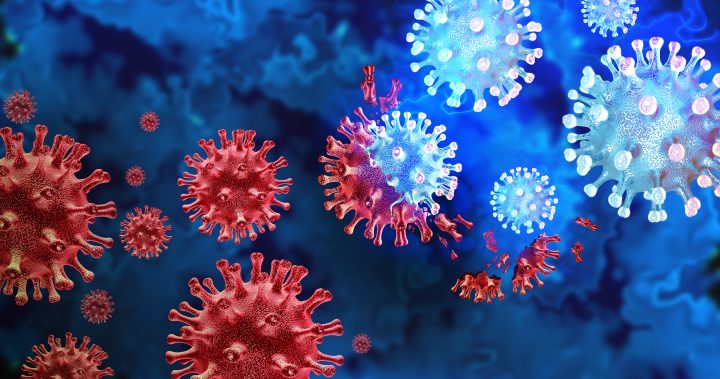
Nearly one-third of the Canadian population has had COVID-19, antibody data shows
Global News
Analysis of blood samples shows that the highly contagious Omicron variant of COVID-19 has doubled the natural infection rate across Canada.
After more than two years of the COVID-19 pandemic, a third of the Canadian population has likely been infected with the virus, according to research and experts.
Seroprevalence analyses of blood samples across the country show that the rapid spread of the highly contagious Omicron variant has doubled the natural infection rate.
By the end of February, infection-acquired seropositivity averaged 23.7 per cent nationally — a two-fold jump from January’s rate — according to the latest report released earlier this month by the Canadian Blood Services and Canada’s COVID-19 Immunity Task Force.
The increase in infections was seen in all provinces, with Alberta, Manitoba and British Columbia having the highest seroprevalence rates for the month of February. The report does not include Quebec.
Young Canadians in the 17-24 age group had the highest natural infection levels at 36.3 per cent compared to other age groups.
“I would think after two years, it’s very likely now that a third of the population has had a COVID infection,” said Dr. Catherine Hankins, co-chair of the COVID-19 Immunity Task Force.
The Omicron wave that hit Canada in November 2021 evaded immunity, with reinfections and breakthrough cases occurring, said Hankins.
“Omicron had an ability to evade the antibodies that we had built up from either a previous infection or vaccination,” she said.











